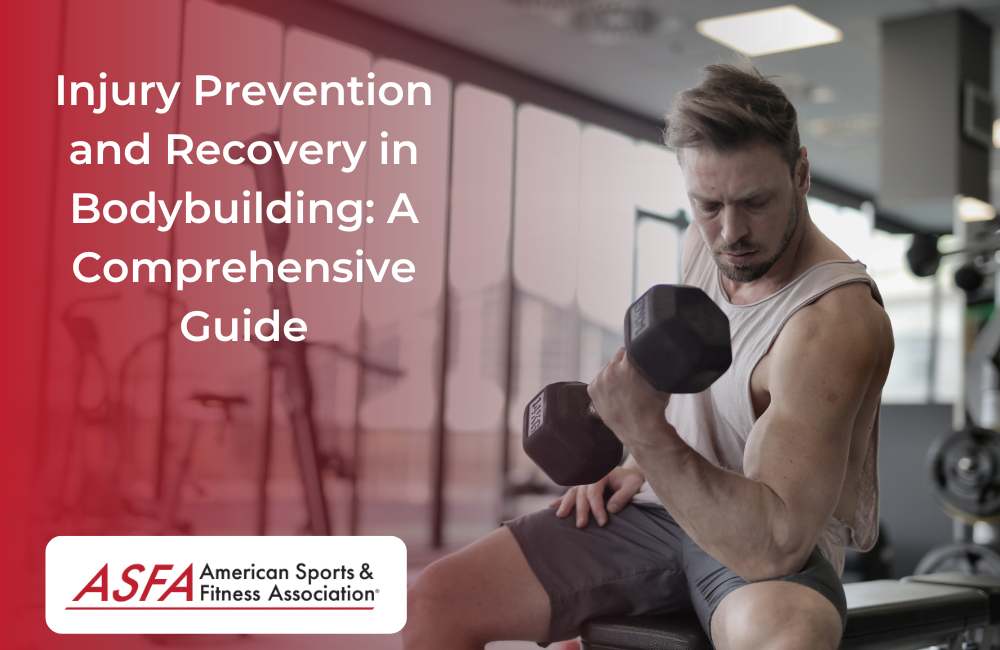
Kayaking Equipment Buying Guide: A Comprehensive Overview
Kayaking is a rewarding outdoor activity that offers a unique blend of adventure, exercise, and tranquility. Whether you’re a seasoned paddler or a first-timer, selecting the right equipment is crucial for a safe and enjoyable experience. This comprehensive guide will walk you through the essential kayaking gear, helping you make informed decisions based on your needs and budget.
I. Kayaks:
The kayak itself is the cornerstone of your paddling experience. Choosing the right kayak depends on several factors:
-
Type of Kayaking: Different kayaking styles demand different kayak designs.
- Recreational Kayaks: Ideal for calm waters, leisurely paddling, and shorter trips. They’re stable, comfortable, and easy to maneuver.
- Touring Kayaks: Designed for longer trips and potentially rougher waters. They’re longer, narrower, and faster than recreational kayaks, offering better tracking.
- Whitewater Kayaks: Built for navigating rapids and challenging currents. They’re shorter, maneuverable, and designed for durability.
- Sea Kayaks: Suited for ocean paddling and exploring coastal areas. They’re typically longer and wider than touring kayaks, providing stability in open water.
- Fishing Kayaks: Feature specialized features for anglers, including rod holders, storage compartments, and sometimes even built-in fish finders.
-
Kayak Material: The material impacts the kayak’s durability, weight, and price.
- Polyethylene (PE): Durable, affordable, and relatively easy to maintain. Ideal for beginners or those on a budget.
- Fiberglass (FG): Lighter and faster than PE, offering better performance. More expensive and requires more careful handling.
- Composite (Carbon Fiber, Kevlar): The lightest and most expensive option, offering superior performance and durability. Generally used by competitive paddlers.
- Inflatable Kayaks: Portable and convenient for storage and transport. Suitable for calm waters and recreational use, but less durable than hard-shell kayaks.
-
Kayak Size and Fit: Consider your height, weight, and paddling style. A kayak that’s too small will feel cramped and unstable, while one that’s too large will be difficult to maneuver. Rent different kayaks to get a feel for size before investing.
II. Paddles:
The paddle is your primary tool for propulsion. Selecting the appropriate paddle is critical for comfort and efficiency:
-
Paddle Material:
- Aluminum: Affordable and durable, but heavier than other options.
- Fiberglass: Lighter and more efficient than aluminum, offering a good balance of performance and price.
- Carbon Fiber: The lightest and most efficient material, offering superior performance but at a higher cost.
-
Paddle Length: Paddle length is crucial for proper technique and efficiency. It’s usually determined by your height and the type of kayak you’re using. Consult sizing charts or a knowledgeable retailer for guidance.
-
Paddle Blade Shape: Different blade shapes are optimized for various paddling styles and water conditions. High-angle blades are generally better for efficient cruising, while low-angle blades excel in maneuvering and whitewater.
-
Paddle Type: Consider whether you need a high-angle blade paddle for touring, a low-angle blade paddle for whitewater, or a double-ended paddle for specific needs like eskimo rolls.
III. Personal Floatation Device (PFD):
A PFD is non-negotiable. It’s a life-saving piece of equipment that can prevent drowning in case of an accident.
-
Types of PFDs:
- Type I PFDs: Offers the highest level of buoyancy and is designed to turn an unconscious person face-up. Suitable for offshore paddling.
- Type II PFDs: Provides good buoyancy but doesn’t necessarily turn an unconscious person face-up. Suitable for calm waters.
- Type III PFDs: Offers moderate buoyancy and is designed for calm waters. Comfortable and less restrictive than other types.
- Type V PFDs: Hybrid PFDs that can be worn as a vest or other configurations depending on the activity.
-
Fit and Comfort: Ensure the PFD fits snugly but comfortably. A poorly fitting PFD can be uncomfortable and ineffective.
IV. Spray Skirts (for Sit-Inside Kayaks):
Spray skirts prevent water from entering the cockpit of a sit-inside kayak. They are essential for colder conditions or when paddling in rougher waters.
- Material: Neoprene is a common material for spray skirts, offering good flexibility and durability.
- Fit: The spray skirt must fit snugly around the cockpit rim to prevent water from entering.
V. Safety Gear:
In addition to a PFD, other essential safety gear includes:
- Bilge Pump: Used to remove water from the kayak’s cockpit.
- Whistle: For signaling in case of an emergency.
- Navigation Tools: Map, compass, GPS device.
- First-Aid Kit: For treating minor injuries.
- Repair Kit: For patching small holes or tears in the kayak.
- Dry Bag: To protect electronic devices and other sensitive items from water.
- Waterproof Phone Case: Keep your phone safe and accessible for communication.
VI. Clothing:
Appropriate clothing is crucial for comfort and safety. Consider the weather conditions and water temperature.
- Layering: Layering your clothing allows you to adjust to changing conditions.
- Waterproof and Windproof Outer Layer: Protects you from the elements.
- Quick-Drying Base Layers: Wicks away moisture, keeping you warm and dry.
- Neoprene Gloves and Boots (for cold conditions): Protects your extremities from the cold.
VII. Accessories:
Numerous accessories can enhance your kayaking experience:
- Kayak Cart: Makes transporting your kayak easier.
- Paddle Leash: Prevents you from losing your paddle.
- Roof Rack: For transporting your kayak on your vehicle.
- Sunglasses: Protects your eyes from the sun.
- Sunscreen: Protects your skin from the sun.
- Hat: Provides shade and protection from the sun.
VIII. Budget and Research:
Setting a budget before you start shopping is essential. Compare prices from different retailers and read reviews before making a purchase. Don’t hesitate to ask for advice from experienced kayakers or reputable retailers.
By carefully considering these factors and investing in high-quality equipment, you can ensure a safe, enjoyable, and memorable kayaking experience. Remember, safety should always be your top priority. Happy paddling!



